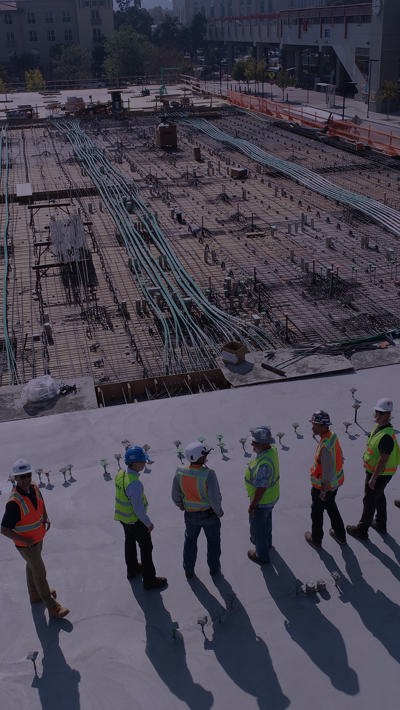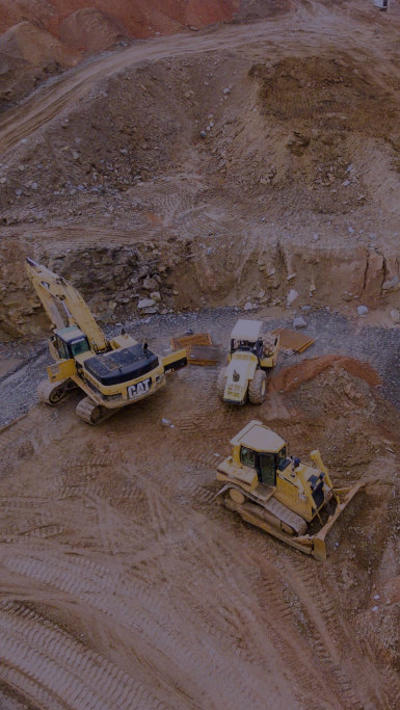Speak to our experts
Contents
The construction industry is not for the fainthearted and can be downright terrifying when trading conditions are as difficult as they are now – not only in New Zealand but around the world.
There is a growing view, shared by the Reserve Bank, that the sector may now be entering a downturn. The Bank commented in its May 2022 Monetary Policy Statement that there was “a risk that interest rate increases and house price falls will lead to a large decline in construction sector activity. In such a scenario, we would expect to see more developer insolvencies and a large number of incomplete or cancelled projects”.
This increase would be on top of an already high casualty rate, maintained consistently through a 12 year building boom, with some spectacular company collapses or near-collapses. The Ministry of Business, Innovation and Employment (MBIE) has reported that 92 companies in the construction sector went into liquidation in the 12 months to 23 May 2022, and the economy continues to teeter on the edge of recession.
So what’s to be done?
We suggest some steps principals and developers might take to manage or mitigate construction risk.
Take the contract seriously
Plan ahead. Include provisions in your contract that will reduce exposure in an insolvency.
Consider whether you need project specific requirements that front-foot possible risk issues to ensure that you are in the best possible position if a contractor becomes insolvent.

Contract administration
Given the challenges in the current market, it may be worth checking that your contracts on-foot are being administered properly.
Having a good team engaged to manage and administer the contract is key. Even if you have a great contract signed up, if no one has been paying any attention to it then it may not be as helpful as it could be.
Have a plan
Think about a ‘road map’ or run a check in regards to what steps would be taken initially if the contractor suffers an insolvency event, particularly if neither the project manager nor principal/developer are experienced in dealing with contractor insolvencies.
- What subcontractors would be required to complete the works and what access would you have to those subcontractors? For example, do you have signed continuity guarantees? If these were a requirement in the contract, but haven’t been provided, get them and ensure they have been executed correctly.
- Are you sighted on the terms of the subcontracts? If not, access these if possible.
- What site security do you have in place? How would it play out if you needed to take possession of the site in reality?
- Are there any offsite materials you would need to take possession of? Where are they, and how will this be actioned? Do you have signed offsite materials agreements? If these were a requirement in the contract, but haven’t been provided, get them and ensure they have been executed correctly.
- Would you need a construction manager to manage subs in the interim (or would you quickly appoint a replacement contractor)?
- Where is the original bond and what is the physical addressed it needs to be called at? Be ready to call it!
You need to establish who is owed what and who is needed to help you finish the job.
Litigation
Insolvency is a last resort. Rescue, restructure and rehabilitate will produce better economic and social outcomes.
When you’re in a dispute, consider the other party’s financial position. You don’t want to push them into insolvency if you can avoid it. A claim against an insolvent principal will be unsecured, ranking behind the principal’s financier. An insolvent contractor can’t complete the project, and you’ll have to pay another contractor an inflated price to complete the works.
Standard form construction contracts (in particular nzs:3910) are unclear about whether the arbitration agreement survives termination for insolvency event.
Take care when adjudicating against a respondent who may not be able to pay the award. Awards are largely unenforceable against insolvent respondents.
Where the award is the only reason the respondent is insolvent, the respondent may be able to stave off liquidation to enable the dispute to be finally determined.
Upcoming changes to the retentions trust regime include requirements on banks holding retention accounts and receivers of failed construction companies. Banks may face claims by retentions beneficiaries if the funds are misappropriated.
And receivers will assume the role of trustee of retention money – regardless of the impact on appointing a secured creditor.
































































































































